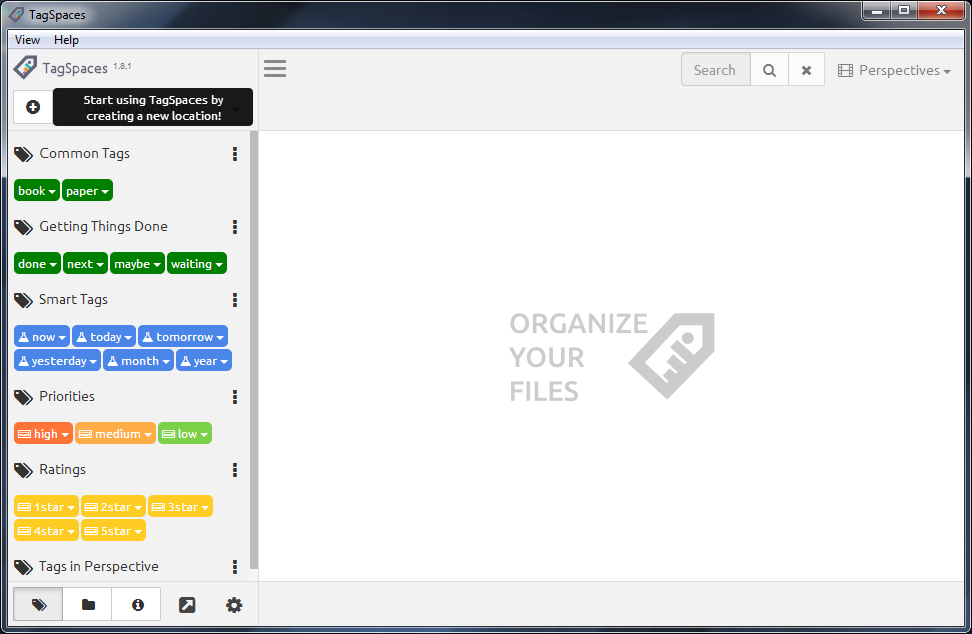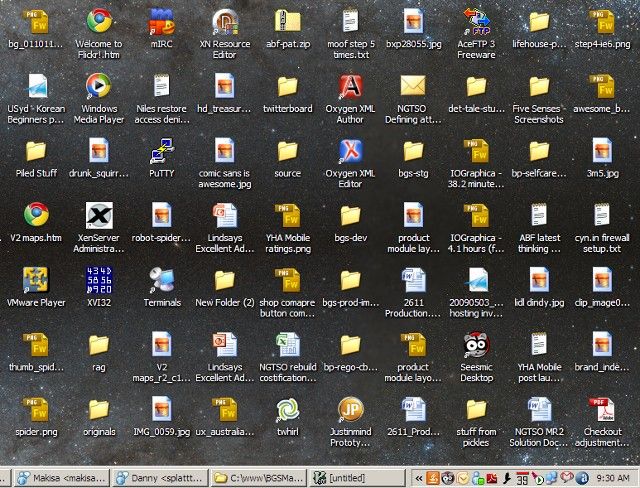
The Data#Tools menu can help with the VCS approach – create a simple. Requires some basic knowledge but is very reliable, distributed, doubles as a backup solution (can revert to any point in time and/or compare changes). Version control system – primarily git.Very easy to access (using any desktop or mobile web browser) and only you (author) can modify the database. High-speed connection required (LAN or enterprise VPN). Very easy to use (built into Windows) but also easy to break. However, in all cases only 1 user must be modifying the database at the same time, otherwise changes of other users will be lost. There are several ways to allow multiple people (computers) to work with the same Stagsi database. = pack('H*n', $prefix, strlen($title)).$title įile_put_contents($output, iptcembed($iptc, $output)) ĮXIF specification: IPTC specification with XMP node names: 0x02 is record ID, 0x50 and 0x19 are dataset IDs (a byline, a keyword). $file = is_file($base) ? file_get_contents($base) : "$base.jpg" $stmt = $db->prepare("SELECT RowId FROM Objects WHERE Format = 'jpg'") $stmt = $db->prepare("SELECT RowId FROM Tags WHERE Title = 'Author'") SetAttribute(PDO::ATTR_ERRMODE, PDO::ERRMODE_EXCEPTION)
#HOW TO CREATE A TAGSPACES IMPORT FILE WINDOWS#
Here’s a PHP script that is using built-in iptcembed() function to add keywords ands authorship (identified by children of a specific tag) to JPEG images (only JPEG) that will show up in Windows Explorer’s file properties: However, in some cases you wish to export images with a simplified tag layout and/or fill other meta-data properties. ID3 audio tags don’t) – or that they properly support Unicode symbols (most of meta-data formats are ancient).
#HOW TO CREATE A TAGSPACES IMPORT FILE HOW TO#
There are many reasons against modifying files in-place, one being that Stagsi’s tag hierarchy is complex and it’s unclear how to fit it into plain-text keyword fields that not even some formats have (e.g.

This means if you open the file outside of Stagsi (or copy it by means of the Export, Ctrl+S command) you don’t see any of your tags. Unlike other popular tools like Adobe Bridge and Apple iTunes, Stagsi does not store the meta-data within the file (image or other) itself.

We are using quotes ( ") to separate tag names because quotes is the only symbol not valid in a tag title and it cannot be escaped. Sqlite3.exe -csv -separator " " Stagsi.sqlite "SELECT o.Title, o.Hash, o.FileSize, o.Format, GROUP_CONCAT(t.Title, '"""') FROM Objects o JOIN ObjectTags ot ON ot.ObjectRowId = o.RowId JOIN Tags t ON t.RowId = ot.TagRowId GROUP BY o.RowId" SELECT o.Title, o.Hash, o.FileSize, o.Format,īy using it with sqlite3 you can create a file that can be opened in any program understanding CSV (“comma-separated values”) format – note the triple " which is cmd.exe’s way to escape the quotes:

Here is a single SQL query that produces a table of 1 row per object, with the information like its title, hash and list of tags (only titles, no parents): Luckily, open formats make it very easy both to feed and to pull the data. Stagsi can be used as an intermediate tagging/management utility – it takes some data, you tag it, then give results to some other tool. However, you can open multiple Stagsi processes on the same database (even though all but one have to be in read-only mode).

This is because it’s directly related to thumbnail cache (which is also global and only one per Stagsi process) allowing different zoom levels per tab would cause the memory usage to skyrocket (different cache per each different zoom level). Zoom level (thumbnail size) is a global setting, not per-tab – unlike sort mode and others.This means that to create a new database you simply need to create a new folder and open it in Stagsi. Stagsi creates missing database files automatically.


 0 kommentar(er)
0 kommentar(er)
